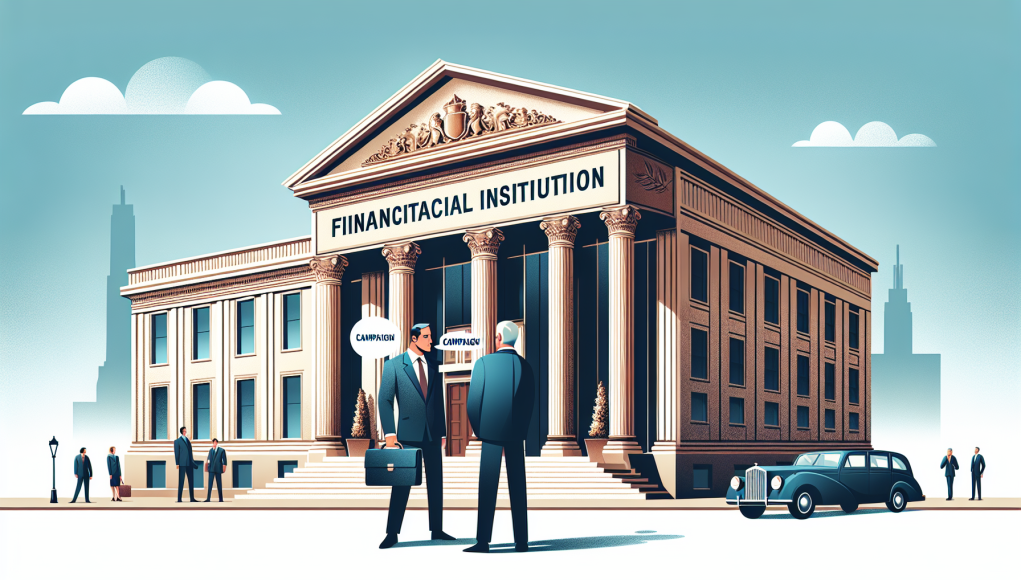In a moment charged with historical significance and contemporary urgency, former President Donald Trump made his first official visit to the Federal Reserve in nearly twenty years. This visit is far more than a mere photo opportunity; it represents a bold and strategic escalation of his public campaign against Chair Jerome Powell, the nation’s central bank chief, and shines a powerful spotlight on the growing tensions within U.S. monetary policy.
For those engaged in the complex ecosystem of work, policy, and economics, this visit is a compelling chapter unfolding before our eyes. The Federal Reserve, often seen as a distant and arcane institution, profoundly shapes the landscape of our jobs, wages, and economic opportunities. Trump’s direct confrontation with the Fed’s leadership invites us all to reconsider how monetary decisions ripple through workplaces, industries, and the broader economy.
Trump’s visit to the Fed—marked by pointed critiques of Chair Powell’s strategies—underscores a fundamental issue: balancing control of inflation with growth and employment. The former president’s stance illuminates the growing divide over how aggressively the Fed should navigate rising prices versus potential economic slowdown. This debate is not merely academic; it impacts hiring decisions, wage trajectories, and the financial security of millions at work.
At its core, this moment is about power and vision. Trump’s visit boldly challenges the Federal Reserve to align policies more closely with the economic realities faced by everyday Americans and workers. His criticisms focus on what he views as overly restrictive monetary policies that threaten to stifle job growth and economic vitality. Such a narrative energizes conversations around the true purpose and impact of U.S. monetary policy.
But beyond the spectacle and rhetoric, the visit serves as a potent reminder of the interconnectedness between central banking decisions and the workforce. When interest rates rise or fall, the effects cascade into hiring freezes or expansions, salary adjustments, and even the viability of entire sectors. For workers navigating uncertainty, shifts in Fed policy translate directly into career stability and prospects.
This escalating tension also signals potential shifts in the future leadership and priorities of the Federal Reserve. As Trump intensifies his public campaign, the coming months could see debates that redefine how aggressively monetary policy reacts to economic signals, how transparent the Fed becomes with the public, and how economic stewardship aligns with national goals related to jobs and growth.
As we watch this drama unfold, one thing is clear: monetary policy is not an abstract backroom function. It is an arena where the fate of workplaces and livelihoods is contested daily. Every interest rate decision speaks volumes to businesses deciding whether to invest or pull back, to employees seeking wage growth or fearing layoffs, and to the broader work community striving for stability in uncertain times.
Trump’s visit to the Federal Reserve is a powerful reminder that economic policy debates are also debates about work—its meaning, value, and future. It invites all who care about the workforce to engage, listen, and consider the tangible impacts monetary strategy has on our lives.
In this charged moment, the work community stands at the intersection of history and future possibility. The challenge ahead is to turn these high-level tensions into informed conversations, to advocate for policies that sustain jobs and opportunities, and to recognize that the pulse of the economy beats within every workplace, influenced deeply by decisions made in institutions like the Federal Reserve.
The story of Trump’s visit is not just about politics or economic theory; it is about the real-world consequences for millions of Americans at work. As monetary policy continues to evolve under the spotlight of public scrutiny and political challenge, workers everywhere must pay attention, engage, and prepare for the next chapter in the ongoing narrative of America’s economic future.




























